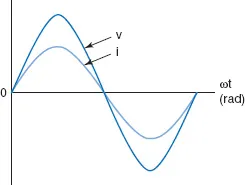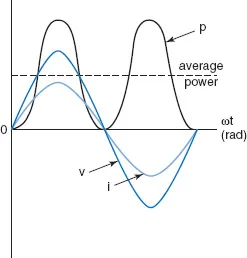
Further Electrical and Electronic Principles
C R Robertson
- 280 pages
- English
- ePUB (mobile friendly)
- Available on iOS & Android
Further Electrical and Electronic Principles
C R Robertson
About This Book
Further Electrical and Electronic Principles is a core text for pre-degree courses in electrical and electronic engineering courses. The coverage of this new edition has been brought in line with the specialist unit 'Further Electrical Principles' of the 2007 BTEC National Engineering specification from Edexcel. As the book follows a logical topic progression rather than a particular syllabus, it is also suitable for other Level 3 students on vocational courses such as Vocational AS/A Level, City & Guilds courses and NVQs.More advanced material has also been included, making this text also suitable for HNC/HND and foundation degree courses.Each chapter starts with learning outcomes tied to the syllabus. All theory is explained in detail and backed up with numerous worked examples. Students can test their understanding with end of chapter assignment questions for which answers are provided. The book also includes suggested practical assignments and handy summaries of equations. In this new edition, the layout has been improved and colour has been added to make the book more accessible for students.The textbook is supported with a free companion website featuring supplementary worked examples and additional chapters.http://books.elsevier.com/companions/9780750687478
Frequently asked questions
Information
Single-Phase Series A.C. Circuits
1.1 Pure Resistance








